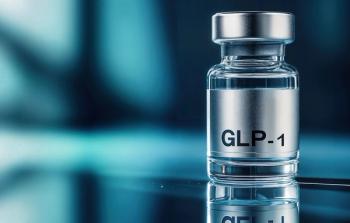
- Pharmaceutical Executive-06-03-2009
- Volume 0
- Issue 0
Wendy Blackburn, INTOUCH SOLUTIONS
It may not be sexy but now, more than ever, marketers need to look at their analytics.
Wendy Blackburn
EXECUTIVE VICE PRESIDENT | INTOUCH SOLUTIONS
It may not be sexy but now, more than ever, marketers need to look at their analytics and optimize their programs based on results. Identify what's performing well, and where are the leaking buckets? Let go of personal favorites and shiny objects, and instead make decisions based on data. Prescription level data like that provided by Crossix can help marketers determine ROI down to the patient level. Of course, the measurability of the digital channel lends itself best to optimization, but brands really should be asking these questions across all channels. And if they're not measuring it, they should ask themselves why they are doing it at all. Here's what we're advising our clients: Now is the time to highlight the programs your company has worked hard to develop, including copay assistance, rebates, benefits investigation, trial offers, PAPs, and coupons.
Wendy Blackburn
If the medium (such as search ads) don't allow enough room for elements such as fair balance, then DDMAC is saying pharma just can't use that advertising outlet in a branded manner. I'd like to see the search engines that make millions off of pharma come up with a model that allows for fair balance. They are certainly financially incentivized to do so. And in the long run, that would be better for patients, too, because pharma wouldn't be forced into a "bait-and-switch" setup with unbranded ads leading to branded content.
Articles in this issue
over 16 years ago
I've Seen The Revolution and It's Not Workingover 16 years ago
Frank X. Powers, DUDNYKover 16 years ago
Elaine Eisen, CORBETT WORLDWIDE HEALTHCARE COMMUNICATIONSover 16 years ago
Didi Discar, MEDACCESSover 16 years ago
Rich Campbell, REGAN CAMPBELL WARD?MCCANNover 16 years ago
Joe Daley, GSW WORLDWIDEover 16 years ago
Kerry Hilton, HC&B HEALTHCARE COMMUNICATIONSover 16 years ago
Jon Hudson, MEDTHINK COMMUNICATIONSover 16 years ago
Jeff Burkel, MICROMASS COMMUNICATIONSover 16 years ago
Ross Fetterolf, IGNITE HEALTHNewsletter
Lead with insight with the Pharmaceutical Executive newsletter, featuring strategic analysis, leadership trends, and market intelligence for biopharma decision-makers.





